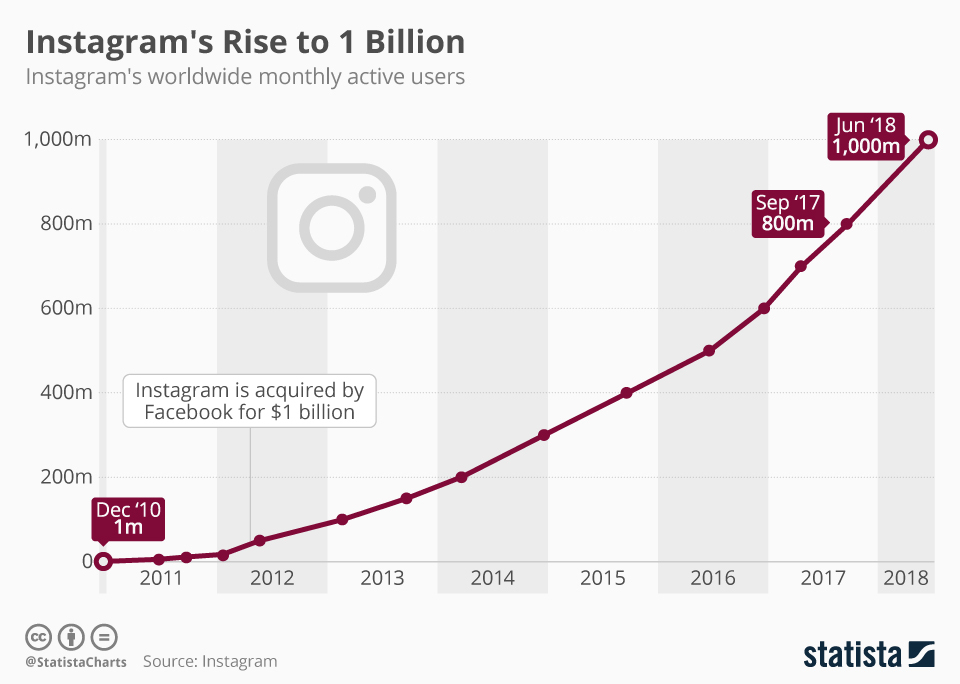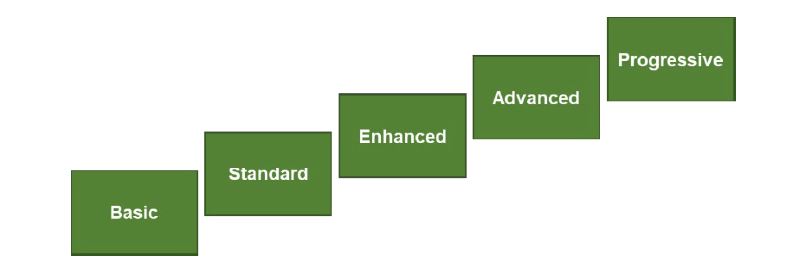We take things like electricity, automobiles, and TV for granted today, but in their time, they represented disruptive innovations that transformed work, leisure, and family life. Disruptions like this have not slowed down; in fact, their pace and magnitude continue to grow.
Consider that when telephone was invented in the mid-1870s, it took nearly 70 years for it to reach 100 million users. Facebook accomplished this milestone in just 5 years, while Instagram reached 1 billion users in 8 years.

And in the years ahead, a company could reach this milestone in a year or less. That’s staggering when you stop and think about it.
In the interest of brevity, I’m going to refer you to a previous article that discusses disruptive innovative to learn more about this concept and why it’s important for companies to be thinking about.
You may be wondering what disruptive innovation has to do with risk management.
To explain, I’m going to reference Hans Læssøe and his book Prepare to Dare where he describes different levels of risk management. We’re all well familiar with the lower levels and even the “enhanced” and “advanced” levels that tie different silos of the organization together and examine risks to strategic objectives…something we typically refer to here as enterprise risk management.

The “progressive” level though takes this a bit further by…
…deliberately taking on huge, but managed risks to raise the bar, and change the name of the game in the industry they are a part of. Being ahead of competitors, they enhance and strengthen their strategic positioning in the market.
Mergers & acquisitions can often be considered disruptive, but one example that Hans points to is Apple leveraging its vast technical capabilities to expand into new industries by creating the iPod, and then iTunes, and then its popular iPhone, and then wearable technology like the Apple Watch. How many people do you know have the entire suite of Apple tech products? (I can raise both hands to this question, even though I personally don’t own any Apple products.)
Companies with the Progressive level of risk management can pursue disruptive innovation in one of two ways:
- Ask how current key risks can be leveraged or turned into opportunities.
- Systematically look for opportunities to develop business or disrupt the market based, at least in part on, the company’s risk profile.
Doing this in any meaningful way requires capital, and while executives can easily support incremental changes, this level of funding won’t be enough to develop disruptive innovation.
To open up new opportunities and truly transform their industry, companies must allocate a certain portion of their innovation budget into “moonshots”
No one sets out to fail…
Executives and other decision-makers want to disrupt their respective industry and gain a strategic advantage, but many hesitate to commit funding to these transformative ideas. This was the topic of a recent roundtable and subsequent article in Carrier Management that caught my attention. And while the article is written towards one of the primary industries my consulting firm works with, the concepts it put forward are applicable to any organization.
Jeffrey Bohn, chief research and innovation officer at Swiss Re, discusses an interesting way companies can fund what he calls “moonshots” – truly transformative, disruptive innovations. Incremental innovations and commitments are more palpable because they can easily be measured through standard metrics like ROI, IRR, and payback periods. The executive can see how the innovation will pay off.
Many “moonshots” will not always be so clear; it’s likely only 1-in-20 or even 1-in-100 will be successful, which is why Bohn explains…
If you look at something that’s disruptive… then you’re probably talking about something that is experimental. And to use a deterministic financial method for an experimental initiative is just not a match.
Instead, Bohn and moderator Mike Fitzgerald suggest an alternative for helping overcome this challenge to funding experimental moonshot initiatives – taking a portfolio approach, which basically means using net present valuation as opposed to the standard financial metrics mentioned above. Investors frequently use the portfolio approach as a way to determine the value of a securities option.
This portfolio approach involves considering the impact to revenues over a given time should you choose to forego the project or the project doesn’t work out. Once you have this number for each of the years (say 5 or 7 years), you can then calculate the present value of that loss, which can help executives determine if the innovation is worth the investment.
Why use the net present value calculation?
Because the calculation allows you and the executives to see the value of the lost revenue after being adjusted based on the risk associated with the innovative initiative AND to account for the time value of money. The risk adjustment concept requires that a higher risk investment demands a higher discount rate. The time value of money is required due to inflation, interest rates, and opportunity; after all, money is more valuable the sooner you receive it.
Using this method may be a way to get nervous executives to commit to more “experimental,” disruptive innovation, but…
Your company must have a culture that supports disruptive innovation for it to ultimately be successful.
A big part of enabling and empowering employees, managers, and even executives to suggest ideas and pursue potential disruptive innovations is by building a robust risk culture.
In this respect, this means analyzing and celebrating failures, Bohn explains. Instead of just moving on after a particular initiative failed, take time to learn what went wrong and funnel those insights into other moonshot projects. Frequently called “post-mortems” (I know, it sounds so morbid), I like to ask 3 main questions:
- What went well?
- What could have gone better?
- If we knew at the start what we know now, what would we have done differently?
The ability to ask these questions and get honest answers is one of the signs of a positive risk culture.
Part of building this type of risk culture requires the risk professional to make innovation about the executives and the company and not about you…to embrace a “right-side up” model of thinking.
As Hans explains in his book and elsewhere, companies will need to have some sort of disruptive capability in the years ahead to just survive, especially considering that a disruption doesn’t have to come from some big conglomerate. In fact, many disruptive innovations found their start in someone’s basement or garage. (Think Steve Jobs and Steve Wozniak in Jobs’ garage.)
Don’t hesitate because there are unknowns with an idea. Do the due diligence, conduct research, figure it out, and determine if the organization is willing to invest in the idea. After all, you don’t want to be left in the dust like these companies.
What approaches have you taken to make executives more comfortable with committing resources to transformational experimental initiatives?
Please don’t hesitate to share your thoughts, experiences, or even questions, by leaving a comment below or join the conversation on LinkedIn.
If you’re struggling to understand how your risk management processes and culture and support disruptive innovation, reach out today to discuss your company’s specific needs and situation.
Featured image courtesy of Frank Cone via Pexels.com







